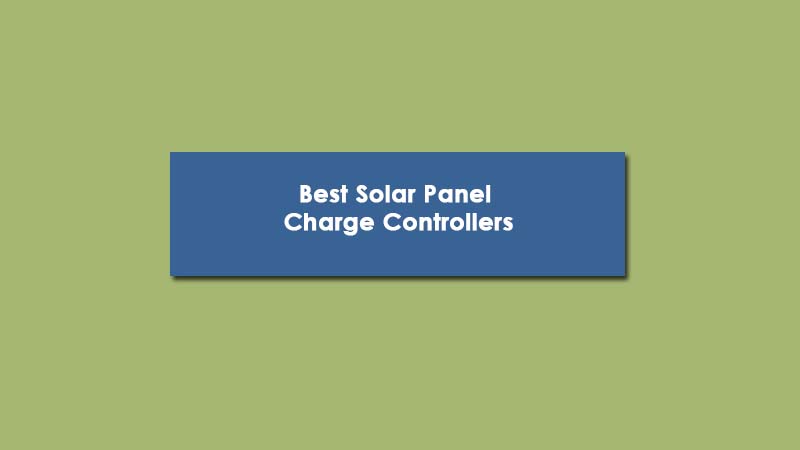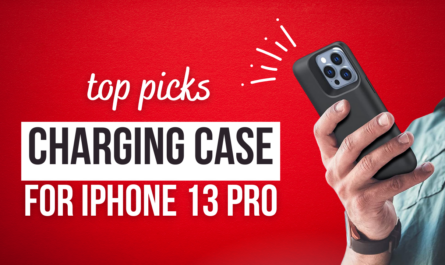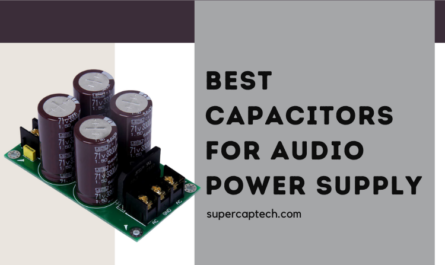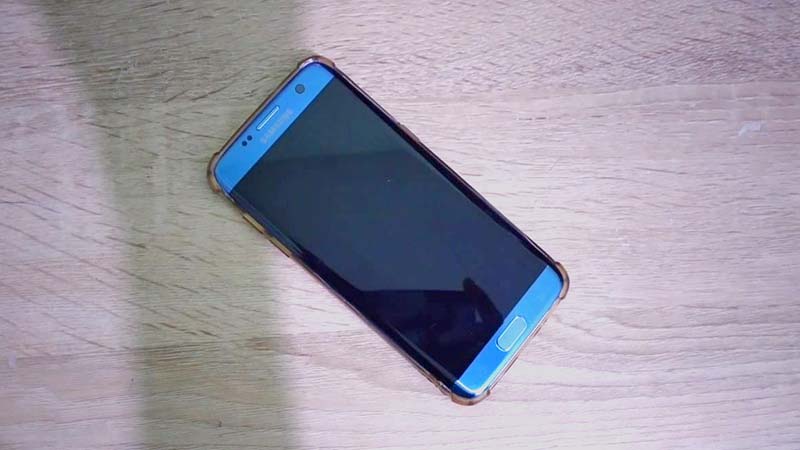Solar power is the renewable energy of the future. It will eventually replace fossil fuels and traditional coal-based electricity. People have already started taking advantage of this technology by installing solar panels on their property. The goal is for the panels to absorb solar energy from the sun and deliver it to homes and buildings as electrical power.
Every solar power system consists of three main elements: the solar panels, batteries, and solar charge controllers. As the solar panels absorb energy from the sun, it gets transferred into the batteries for storage purposes. That way, you can use the stored energy whenever you want, such as at nighttime. You are not restricted to using power during the daylight only.
The solar charge controller is responsible for preventing the batteries from getting overcharged. It basically sets the charge rate and the amount of power in which the battery can store. These controls are necessary to preserve the lifespan of the solar batteries and ensure that energy does not drain from them.
Best Solar Panel Charge Controllers
Below are the top 5 best solar panel charge controllers.
1) Renogy Rover 30 Amp 12V/24V MPPT Solar Charge Controller
No products found.
No products found.
The Renogy Rover 30 Amp 12V/24V MPPT Solar Charge Controller Battery Regulator is compatible with 24-volt or 12-volt solar energy systems. If you have a deep cycle battery, such as a lithium, flooded, sealed, or gel battery, it is compatible with the Renogy Rover.
It is a positive ground controller with innovative maximum power point tracking technology, which allows for 99% high tracking efficiency. This technology allows you to utilize as much power from your solar panels as possible. The power charges your solar system so that it can produce electricity for your home.
There are four stages to the charging process: 1) Bulk; 2) Boost; 3) Float; and 4) Equalization. Don’t worry about damaging the controller because it has multiple protections built into it. They will protect it against over-discharging, overcharging, reverse polarity, reverse current, overload, and short-circuiting.
The LCD screen displays all the operation information you’ll need to know, including the error codes and customizable parameters. Heat dissipation is made possible with the aluminum heat sink built into the controller.
2) EPEVER MPPT Solar Charge Controller
No products found.
No products found.
The EPEVER MPPT Solar Charge Controller 40A 150V PV Solar Panel Controller has an advanced MPPT control algorithm that allows for over 99.5% tracking efficiency and 150-volt max PV input. That means the solar panel can manage more solar panels at once while keeping the PV current to a minimum. If you have five 12-volt solar panels, then you can connect all of them to the controller.
The controller is compatible with several different battery types, including flooded batteries, lead-acid batteries, and Sealed AGM GEL batteries. You can set the charging parameters under the user mode controls. Since your system will have several communication requirements, you can take advantage of the controller’s MODBUS interface and RS-485 communication bus interface that are available. A monitoring cable and temperature sensor are attached as well.
3) OOYCYOO MPPT Charge Controller
No products found.
No products found.
The OOYCYOO MPPT Charge Controller Solar Panel Charge Regulator is compatible with multiple types of batteries. It offers the best open circulate voltage for your solar panels on a 12V system or 12V system. The maximum PV input power is 1300W/2600W.
There are multiple mechanisms in place to prevent damage from over-discharging, overcharging, overheating, overloading, lightning, and reverse polarity. You don’t need to be a technical genius to install the controller either. It comes with professional technical team guides to walk you through the installation process. The manufacturer even gives you an after-sales guarantee.
4) RICH SOLAR 20 Amp 12V/24V DC Input MPPT Solar Charge Controller
No products found.
No products found.
The RICH SOLAR 20-amp 12V/24V Solar Charge Controller is compatible with several standard deep cycle batteries, such as lithium batteries, sealed batteries, gel batteries, and flooded batteries. It can detect 12V DC systems and 24V DC systems automatically. You’ll also get as much as 99% high-tracking efficiency, thanks to the highly innovative MPPT technology included in the controller.
Electronic protections are available from short circuits, overloading, over-discharging, and overcharging. Reverse protection is also available in case you combine a battery and solar module together. It won’t damage any of the components in the controller. The die-cast aluminum design allows the controller to be resistant to hotter temperatures. If you download the smartphone app, you can monitor the system from afar and customize the charging voltages.
5) AMPINVT 60A MPPT Solar Charge Controller
No products found.
No products found.
The AMPINVT 60A MPPT Solar Charge Controller can fit several different solar panels, such as 12-volt panels, 24-volt panels, 36-volt panels, and 48-volt panels. The maximum input voltage is 150 volts PV.
There is an LCD display screen that lets you see the operational data clearly. You’ll know whether the solar panel system is in good working condition or not. The LCD display screen also gives you real-time energy statistics and the ability to switch the load control modes.
The maximum power tracking rate is over 99%, while the maximum conversion rate is over 98%. Multiple protections are built into the system against overcharging, overloading, over-discharging, reverse polarity, short-circuiting, and overheating. Four charging options exist for various batteries, such as the lithium battery, flooded battery, sealed battery, and an AGM battery.
Read also:
- Top 5 Best Batteries for Trolling Motor Marines
- Top 5 Best Car Battery Testers
- Top 5 Best Lithium-ion Battery Jump Starters for Diesel Engine
- Best Solar Charge Controllers Reviews of 2023
Conclusion
When you choose a solar charge controller, what’s most important is the voltage and battery compatibility. Most of these solar charge controllers offer the same protections against things like overcharging and over-discharging. So, the main thing is to ensure the power capacity and efficiency are what you need.




